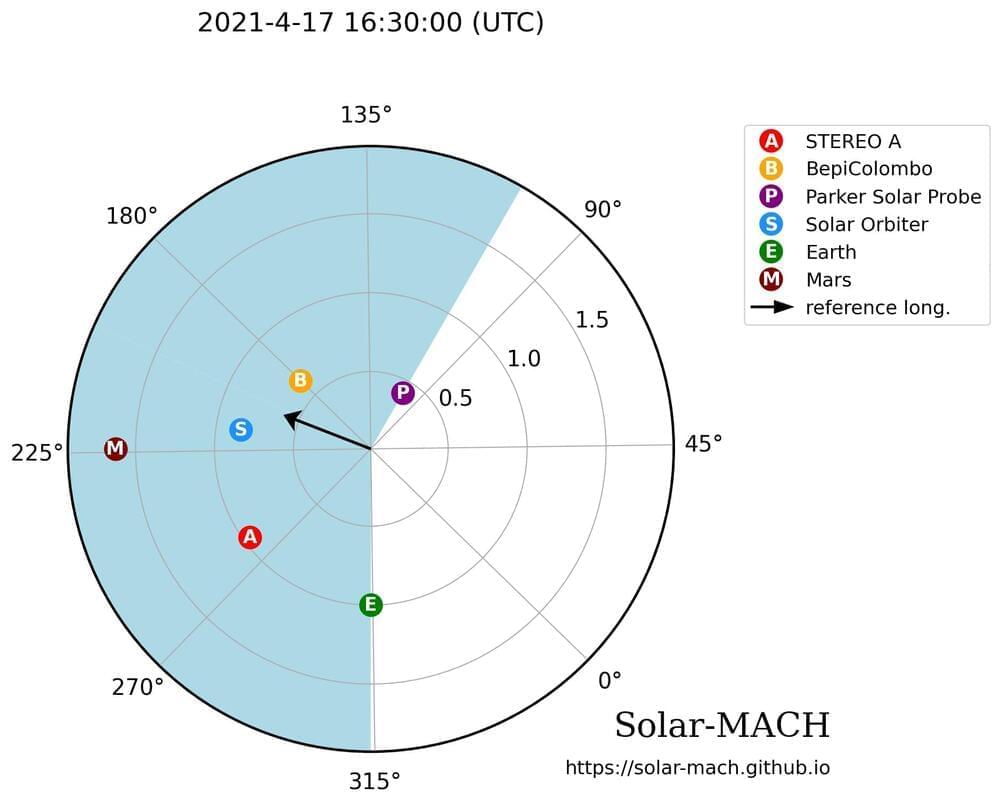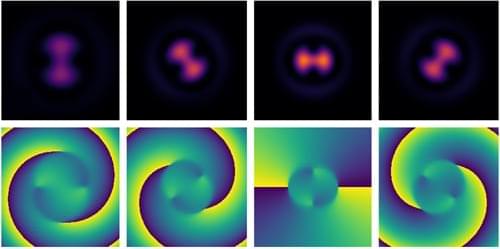How much oxygen does Jupiter’s moon, Europa, produce, and what can this teach us about its subsurface liquid water ocean? This is what a study published today in Nature Astronomy hopes to address as an international team of researchers investigated how charged particles break apart the surface ice resulting in hydrogen and oxygen that feed Europa’s extremely thin atmosphere. This study holds the potential to help scientists better understand the geologic and biochemical processes on Europa, along with gaining greater insight into the conditions necessary for finding life beyond Earth.
For the study, the researchers used the Jovian Auroral Distributions Experiment (JADE) instrument onboard NASA’s June spacecraft to collect data on the amount of oxygen being discharged from Europa’s icy surface due to charge particles emanating from Jupiter’s massive magnetic field. In the end, the researchers found that oxygen production resulting from these charged particles interacting with the icy surface was approximately 26 pounds per second (12 kilograms per second), which is a much more focused number compared to previous estimates which ranged from a few pounds per second to over 2,000 pounds per second.
“Europa is like an ice ball slowly losing its water in a flowing stream. Except, in this case, the stream is a fluid of ionized particles swept around Jupiter by its extraordinary magnetic field,” said Dr. Jamey Szalay, who is a research scholar at Princeton University, a scientist on JADE, and lead author of the study. “When these ionized particles impact Europa, they break up the water-ice molecule by molecule on the surface to produce hydrogen and oxygen. In a way, the entire ice shell is being continuously eroded by waves of charged particles washing up upon it.”








